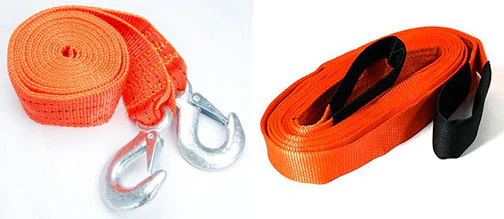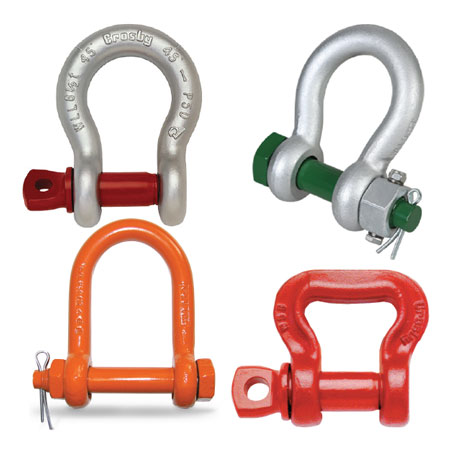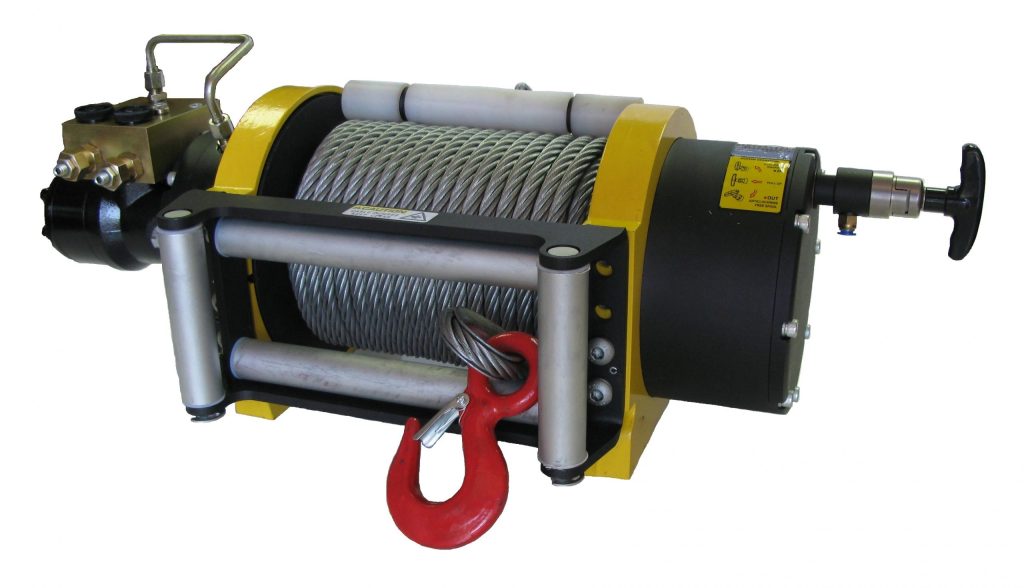Heading off-road is exciting. Whether you’re rock crawling, trail riding, or cruising through dunes, there’s one thing you always need—recovery gear. Nature doesn’t care if you’re ready. Mud, sand, or snow will trap your rig when you least expect it. That’s why having the right tools can mean the difference between an easy recovery or a long, frustrating wait.
This checklist will walk you through every essential item, why you need it, and how to stay safe. Whether you’re a seasoned overlander or just starting out, this guide has you covered.
Key Takeaway
If you’re heading off-road, having a complete recovery gear checklist isn’t optional—it’s essential. From kinetic recovery straps and winches to traction boards and safety gear, the right equipment ensures you can handle anything the trail throws your way. Whether you’re tackling mud, sand, or snow, this checklist gives you everything you need to recover your vehicle safely and confidently. Don’t wait until you’re stuck—prepare now and explore with peace of mind.
What Is Off-Road Recovery and Why It Matters
Off-road recovery is the process of getting your vehicle unstuck when you lose traction or get stuck in rough terrain. It’s not just about having gear—it’s about having the right gear and knowing how to use it.
Even experienced 4×4 drivers get stuck. It’s normal. But being prepared with the right equipment can keep you safe and help you recover quickly without damaging your vehicle.
The Core Recovery Gear Checklist

These are the non-negotiables. If you’re going off-road, don’t leave home without them.
1. Recovery Straps vs Tow Ropes – What You Really Need to Know
When it comes to off-road recovery, one of the most misunderstood pieces of gear is the difference between recovery straps and tow ropes. They might look similar, but they serve very different purposes—and using the wrong one can be dangerous.
What Are Recovery Straps?

Recovery straps are designed to pull a stuck vehicle out of a tough spot like mud, sand, or snow. They’re typically made of nylon webbing, which gives them an important feature: elasticity.
This stretchiness is what makes them kinetic energy recovery straps (KERR straps). When tension is applied—say, when a second vehicle starts moving forward—the strap stretches and builds stored energy. When that energy is released, it delivers a strong but controlled “snap” that helps dislodge the trapped vehicle without a harsh jolt.
Key Features to Look For:
- Material: Heavy-duty nylon (for elasticity)
- Length: 20 to 30 feet gives enough room for safe distance and kinetic build-up
- Breaking Strength: Should be at least 3 times your vehicle’s Gross Vehicle Weight Rating (GVWR)
Example: For a 5,000 lb Jeep Wrangler, choose a strap rated for at least 15,000 lbs - Loop Reinforcements: Double-stitched or padded loops help reduce wear and increase durability
- Weather Resistance: UV, water, and abrasion-resistant coatings are essential for durability
Use Cases:
- Recovering a stuck vehicle in deep mud, sand, snow, or loose terrain
- Safe for dynamic recovery, where energy is needed to “pop” a vehicle out
What Are Tow Ropes?
Tow ropes, sometimes confused with recovery straps, are usually made from polyester or polypropylene. These materials are static—they don’t stretch. That makes them suitable for towing a disabled but rolling vehicle on-road or on stable trails, but not for snatching a vehicle out of a bog.
Tow ropes are often braided or twisted, and they come with hooks attached. But here’s the catch—those hooked ends can be dangerous during off-road recovery. They’re more prone to failure, and if a hook lets go under tension, it can become a deadly projectile.
Not Ideal For:
- Sudden force recovery
- Dynamic loads
- Mud or sand recoveries
Why Using the Wrong Strap is a Huge Mistake
Using a tow rope instead of a kinetic recovery strap in an off-road recovery scenario can:
- Damage both vehicles
- Snap under tension, risking serious injury
- Fail to build enough force to free the stuck vehicle
Likewise, using a kinetic strap to tow a vehicle for long distances can wear it out prematurely because it’s not designed for continuous tension.
Trusted Brands Worth the Money
Choosing recovery gear from reputable manufacturers matters. Look for brands that test their products and offer clear specs:
- Bubba Rope – Known for military-grade kinetic ropes with abrasion-resistant coatings
- ARB – Australian off-road specialists with high-tensile webbing and premium stitching
- Rhino USA – Affordable and durable straps tested in real-world conditions
- Factor 55 – High-end recovery gear built with safety and engineering in mind
Shackles (Soft vs. Hard)

You’ll need shackles to connect straps to your recovery points. There are two types:
- D-ring (hard) shackles: Made of forged steel, super strong
- Soft shackles: Made from synthetic rope, lightweight, safer if they fail
More off-roaders now carry soft shackles because they float, don’t rust, and don’t turn into flying metal if something goes wrong.
Always check the working load limit (WLL) before using.
Winches

When your tires are buried in deep mud or you’re perched on a rock ledge with zero traction, no tool is more reliable than a winch. It’s the ultimate self-recovery device that lets you pull your rig out—without relying on anyone else.
A winch is essentially a motor-powered spool mounted to your vehicle’s bumper that reels in a steel cable or synthetic rope, creating pulling force to drag your vehicle out of a stuck position. It uses torque and gear reduction to deliver controlled, high pulling power even in extreme off-road conditions.
Electric Winches – Most Common for 4x4s
Electric winches are by far the most popular choice for off-road vehicles. They run off your vehicle’s 12V battery and are easy to install and operate. Most come with a remote control (wired or wireless), so you can manage the pull from a safe distance.
Pros:
- Plug-and-play wiring
- Affordable and widely available
- Great for weekend warriors and overlanders
Considerations:
- It can drain your battery during long pulls
- Needs a well-maintained electrical system (check battery and alternator output)
Hydraulic Winches – Built for Heavy-Duty Recoveries
Hydraulic winches connect to your vehicle’s power steering pump or PTO (power take-off) system. They’re commonly found on military, industrial, or expedition rigs.
Pros:
- Can run longer without overheating
- Performs reliably under water or mud
- Doesn’t rely on battery power
Considerations:
- Complex installation
- Requires specific vehicle systems
- Expensive and less common in recreational off-roading
Sizing Your Winch: Pulling Capacity Matters
Here’s a golden rule:
Your winch should be rated to pull at least 1.5 times your vehicle’s Gross Vehicle Weight Rating (GVWR).
Example:
If your Jeep weighs 5,000 lbs loaded, look for a winch with a 7,500 lb minimum pulling capacity. Most off-roaders round up to 9,000–12,000 lbs for added safety and versatility.
Pro Tips:
- Factor in gear, passengers, and upgrades (roof racks, water tanks, armor)
- Too small = failure or overheating
- Too big = unnecessary weight and cost
Winch Cable Options: Synthetic Rope vs Steel Cable
Both types have strengths, but modern off-roaders are switching to synthetic winch lines for better safety and ease of use.
Synthetic Rope:
- Made from high-strength materials like Dyneema® or Spectra®
- Lightweight and easy to handle
- Safer if it snaps—doesn’t whip dangerously like steel
- Floats in water
Downside: UV-sensitive, can fray over rocks, needs routine inspection
Steel Cable:
- Extremely durable and abrasion-resistant
- Better for rough environments (rock crawling, winching over logs)
- Handles heat and chemicals better
Downside: Heavy, dangerous if it snaps, can develop burrs that cut gloves
Winch Accessories You Should Always Carry
To operate a winch safely and effectively, you’ll also need:
- Tree saver strap – Protects anchor trees and evenly distributes force
- Snatch block/pulley – Doubles your pulling power and changes direction of pull
- Winch line damper – Reduces the risk of recoil if the line breaks
- Gloves – Protect hands from frayed lines and burns
- Shackle or soft shackle – Secure connection between the strap and recovery point
Installation and Mounting
A winch needs a sturdy mount—typically on a steel front bumper or a hidden winch plate behind a factory bumper.
Make sure:
- The bumper is winch-ready or has reinforced mounting points
- You use grade 8 bolts or better
- Electrical connections are clean and weatherproofed
- You test it before hitting the trail
4. Recovery Points
You need strong anchor points to attach gear. Never use a hitch ball or bumper.
Factory points are sometimes weak. It’s better to install aftermarket recovery hooks or tow points rated for recovery.
Pro tip: Have recovery points on both the front and rear of your vehicle for more options.
Safety and Protection Equipment
Don’t forget about safety. A recovery gone wrong can cause serious injury. Here’s what you need:
- Recovery gloves: Protect hands from rope burns, splinters, and pinches
- Tree saver straps: Wrap around trees without damaging them (used with winches)
- Winch line damper: A weight placed on the winch line to absorb shock if it snaps
- Safety glasses: Eye protection when winching or digging
- Hi-vis vest: Helps others see you on busy trails or during night recoveries
Traction Aids and Self-Recovery Tools

When you’re solo or can’t use a strap, traction tools can save the day.
1. Traction Boards
These are flat, durable mats with grippy textures. Slide them under your tires to regain traction in sand, mud, or snow.
Top picks: Maxtrax, X-Bull, TRED Pro
2. Jack Options
- Hi-lift jack: Can lift high-clearance vehicles but needs practice to use safely
- Bottle jack: More stable, great for tire changes on uneven terrain
Use a base plate to avoid sinking into soft ground.
3. Tire Tools
- Tire deflator: Reducing tire pressure increases traction on soft surfaces
- Air compressor: To reinflate tires after deflating
- Plug kit: Fix punctures quickly without removing the tire
Vehicle Support Gear
Things break or fail. These items help keep your rig running:
- Shovel: Compact folding shovels are perfect for digging out
- Tire repair kit: Plugs, patches, and valve stems
- Jump starter: Portable battery packs for dead batteries
- Fire extinguisher: Always bring one. Fires happen fast.
- First aid kit: Cuts, burns, and blisters are common on the trail
Storage and Organization Tips
Good gear is useless if you can’t find it when you need it.
- Use gear bags or MOLLE panels to keep items secure
- Heavy items like jacks or winches should be mounted low
- Pack smart—frequently used items go on top or in easy-to-reach spots
Some companies offer all-in-one recovery kits, but many off-roaders prefer building their own setup over time.
How to Choose Quality Gear
Not all gear is made equal. When shopping:
- Look for load ratings, certifications (like CE or ISO), and user reviews
- Avoid unknown brands with vague specs
- Stick with trusted names like ARB, Warn, Factor 55, Smittybilt
Budget gear can work for light use, but failure in the field is no joke.
Real-World Scenarios: Pack for the Terrain
Different trails call for different tools. Here’s what you’ll need by terrain:
- Mud: Kinetic strap, traction boards, shovel, winch
- Sand: Deflator, shovel, traction boards, soft shackles
- Snow: Tire chains, winch, gloves, recovery points
- Rocky trails: Hi-lift jack, spare tire, underbody protection
Solo travelers should always carry more gear than those in a convoy.
Expert Tips for First-Time Off-Roaders
- Practice recoveries in a safe area before heading into remote places
- Always travel with at least one buddy vehicle if possible
- Learn how to use your gear before you need it
- Stay calm and think things through—rushing leads to mistakes
Conclusion: Preparedness Is Everything
Off-roading is fun, but things go wrong fast when you’re unprepared. Having the right off-road recovery gear means you’re ready for whatever the trail throws at you. Invest in good equipment, learn how to use it, and always think safety first.
With this checklist, you’ll be ready to get unstuck, stay safe, and enjoy the ride—no matter where the trail leads.

